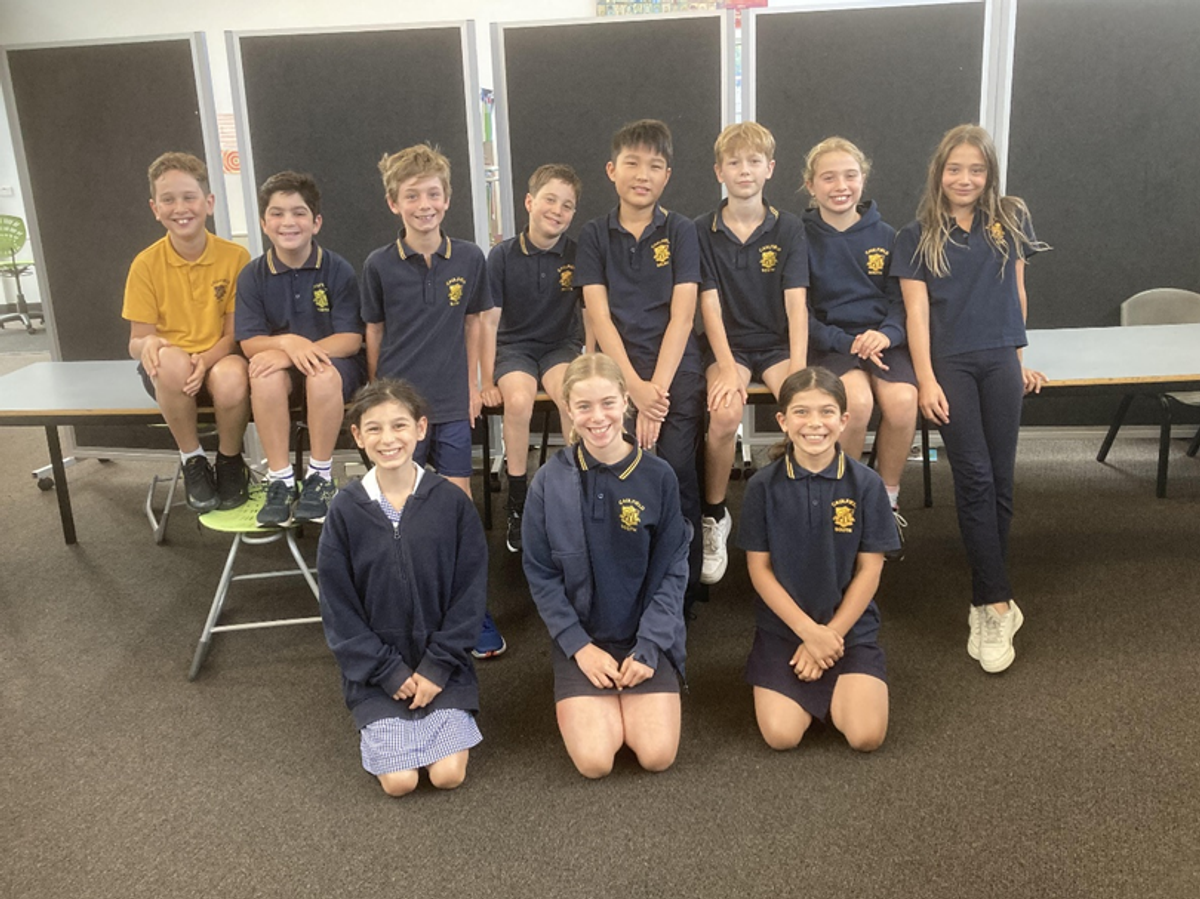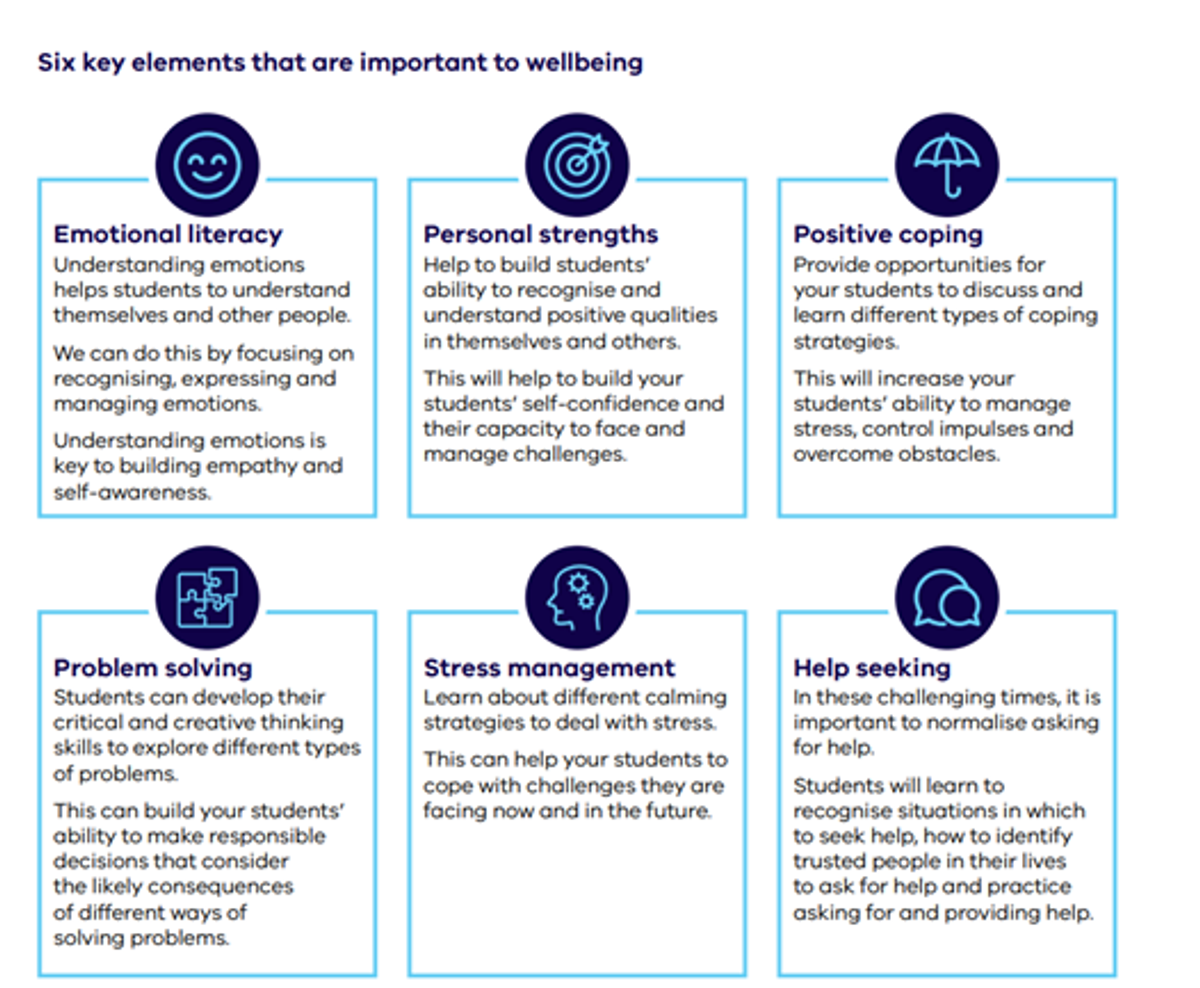Assistant Principal's Report
Georgia Despotellis

Assistant Principal's Report
Georgia Despotellis


I would like to acknowledge the professional way our Year 5 students planned, rehearsed and led assembly last week under the guidance of Craig Higgins. To be able to step up so early in the year is a credit to them as well as their teachers, past and present. I was so impressed with the way they accepted the task and conducted themselves, especially during assembly. They were amazing role models to all. This was a preview for what we can expect for upcoming school leader positions for next year and I envisage that we will be faced with another difficult decision/process again, as was the case this year.


Top row: Toby, Rafi, Sam, Oscar, Felix, Luca, Florence, Riley
Kneeling: Cara, Emma, Mieke
On that note, I would also like to celebrate the Preps for their attendance at their very first assembly! They all displayed such respectful audience behaviour and did their teachers proud! Prep B was awarded the privilege of keeping the House Cup in their classroom for the week, as they were by far the most attentive grade and a standout. Well done Miss Reynolds and Prep B!


Wellbeing
This week I highlight, Personal Strengths. Personal Strengths is important to wellbeing as it helps to build your child’s self confidence and self esteem which will in turn make them resilient and able to cope with challenges. We can support our children by helping them to see their positive qualities and the positive qualities in others.
These activities are based on the Resilience, Rights and Respectful Relationships teaching and learning materials and program delivered at our school.
Please see below for examples of activities for students in Years 3 and 4.




Please see link to access activities for students in other year levels.
parents-wellbeing-activities-primary.pdf (education.vic.gov.au)
Student Safety – Pedestrian Safety and Road Safety for Children
Until the age of 11-12 years, children need active adult supervision to help them safely navigate cars, driveways, roads and car parks.
Children learn about pedestrian safety by watching their parents, so it is important that we model safe behaviour around cars, roads, footpaths and car parks. Some ways to do this are:


Georgia Despotellis
Assistant Principal